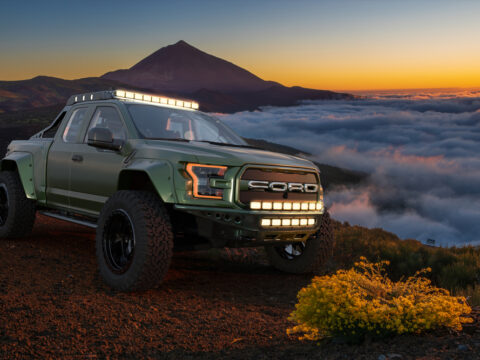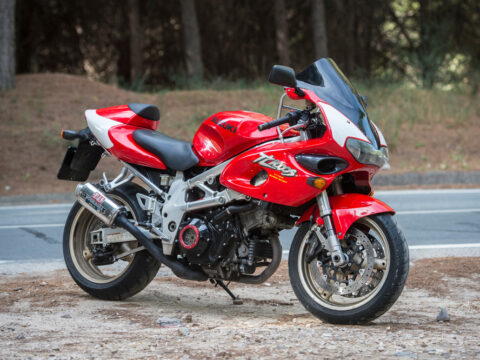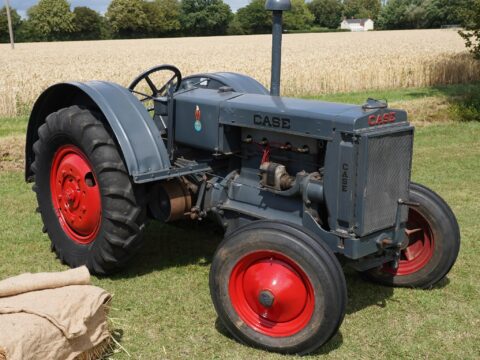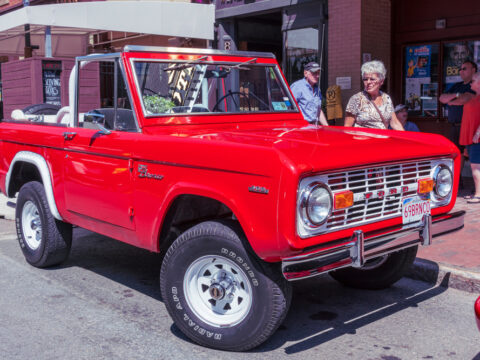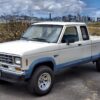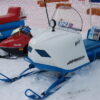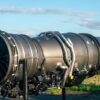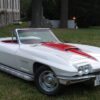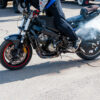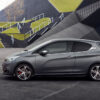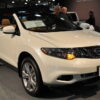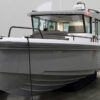Tank designs throughout history have aimed to revolutionize warfare, offering unmatched firepower, protection, and mobility. However, not every tank lived up to its promises. Whether due to mechanical flaws, poor performance in combat, or overly ambitious designs, some tanks fell short of expectations. Here’s a look at 13 tank designs that didn’t quite meet their goals.
Contents
Char B1
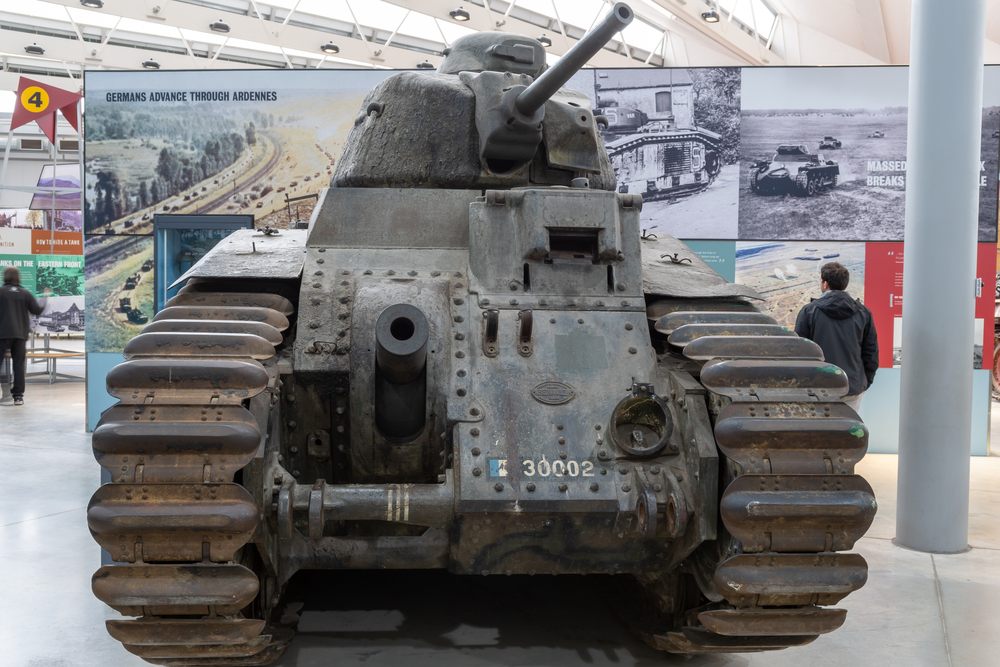
The French Char B1 was heavily armored and boasted a powerful main gun, making it a formidable force on paper. Unfortunately, its complex design led to mechanical issues, and its weight made it difficult to maneuver effectively in the field. While its armor could withstand enemy fire, the tank’s speed and agility were severely compromised. These flaws became evident during World War II, as it struggled to match the pace of the more nimble German tanks.
T-35
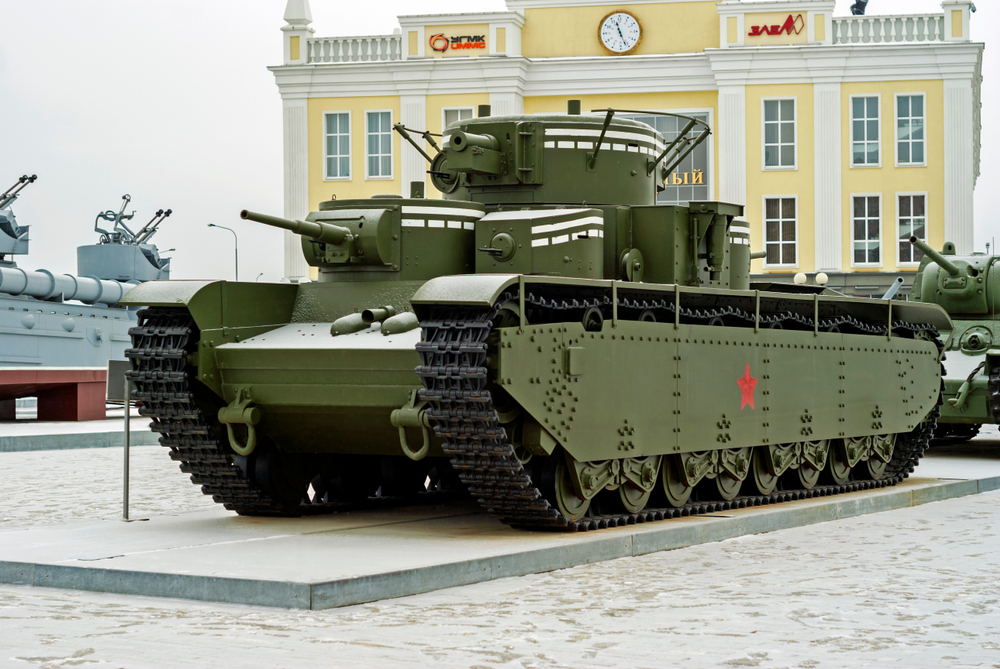
The Soviet T-35 was a unique multi-turret tank, designed to overwhelm enemies with its sheer firepower. Despite its impressive appearance, the tank’s oversized structure made it a mechanical nightmare, frequently breaking down in the field. Its enormous size also made it an easy target for enemy artillery. Managing its multiple turrets in combat proved to be inefficient and cumbersome. Consequently, the T-35 became more of a propaganda piece than an effective weapon.
M6 Heavy Tank
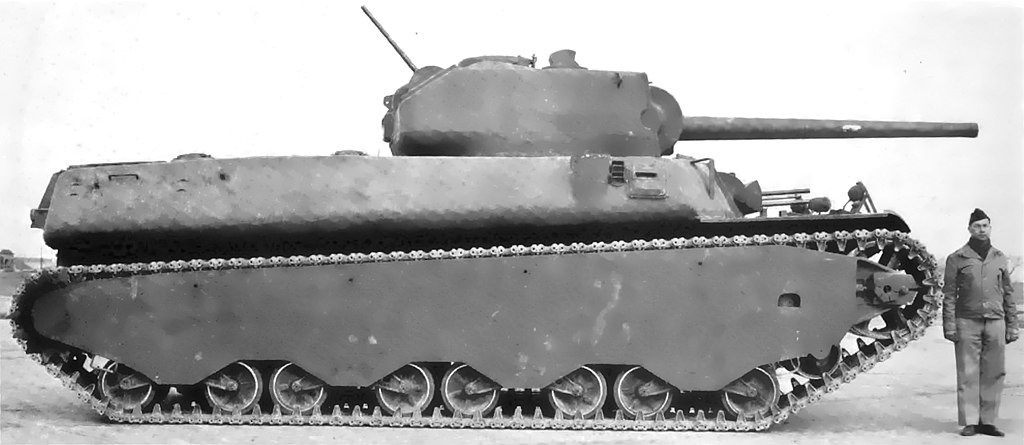
Developed during World War II, the U.S. M6 Heavy Tank was envisioned as a powerful breakthrough vehicle. Unfortunately, its weight and size rendered it too slow and unwieldy for the fast-paced combat environments of the time. While it had decent firepower, its cumbersome handling made it difficult to deploy effectively in the field. Other lighter and more versatile designs, such as the Sherman, quickly overshadowed it.
Maus
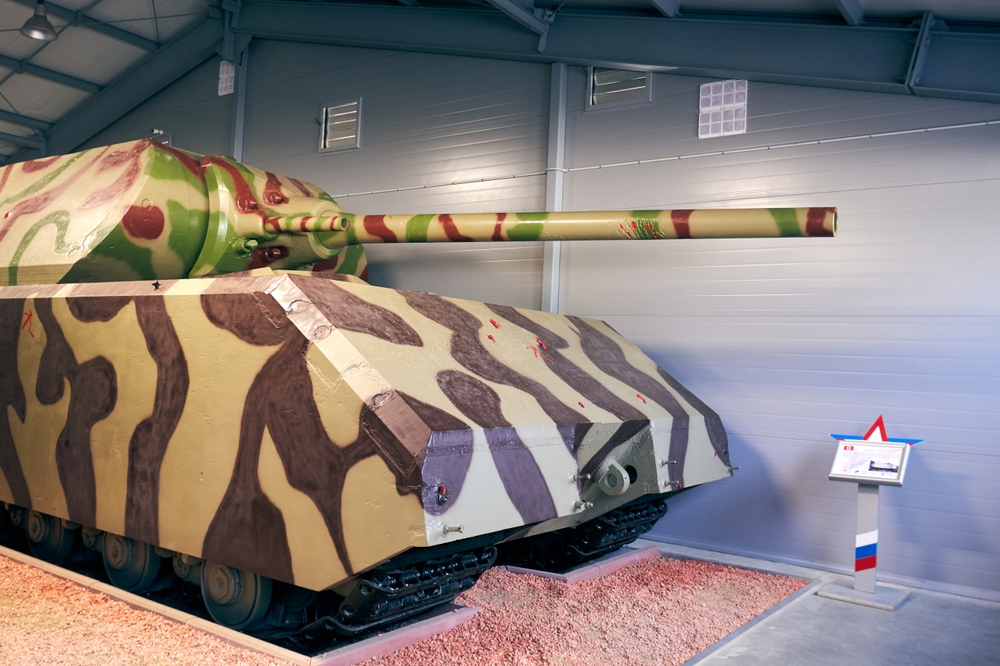
The German Maus was the heaviest tank ever built, tipping the scales at 188 tons. This made it nearly indestructible, but it came with significant downsides. Its colossal size meant it was extremely slow and nearly impossible to transport efficiently. Additionally, it became an easy target for enemy air and artillery strikes.
Panther II
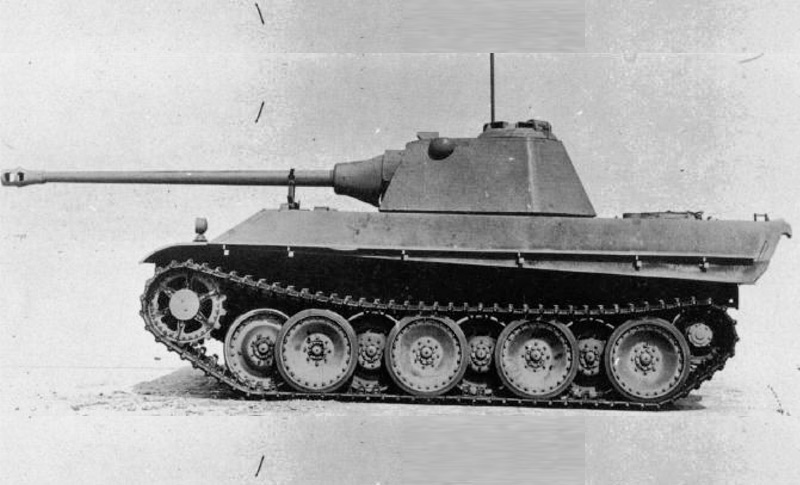
The Panther II was intended to improve upon Germany’s successful Panther tank by offering heavier armor and upgraded systems. However, development delays and shifting priorities within the German military meant the project never reached fruition. By the time the design was nearing completion, it was already considered outdated compared to other emerging technologies.
Crusader Tank
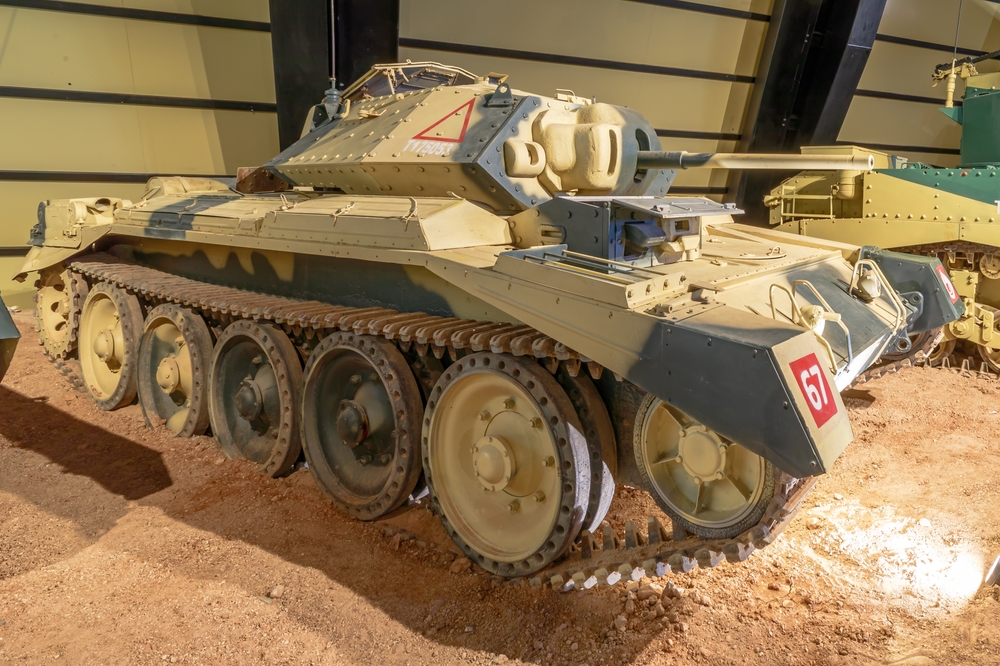
The British Crusader was designed to be a fast and agile tank, well-suited for desert warfare in North Africa. While it delivered on speed, it came at the expense of armor protection and firepower. The tank struggled against the better-armored German panzers, and mechanical failures such as overheating engines plagued its performance. Though it served its purpose in some early battles, the Crusader was quickly phased out in favor of more robust designs.
T-28
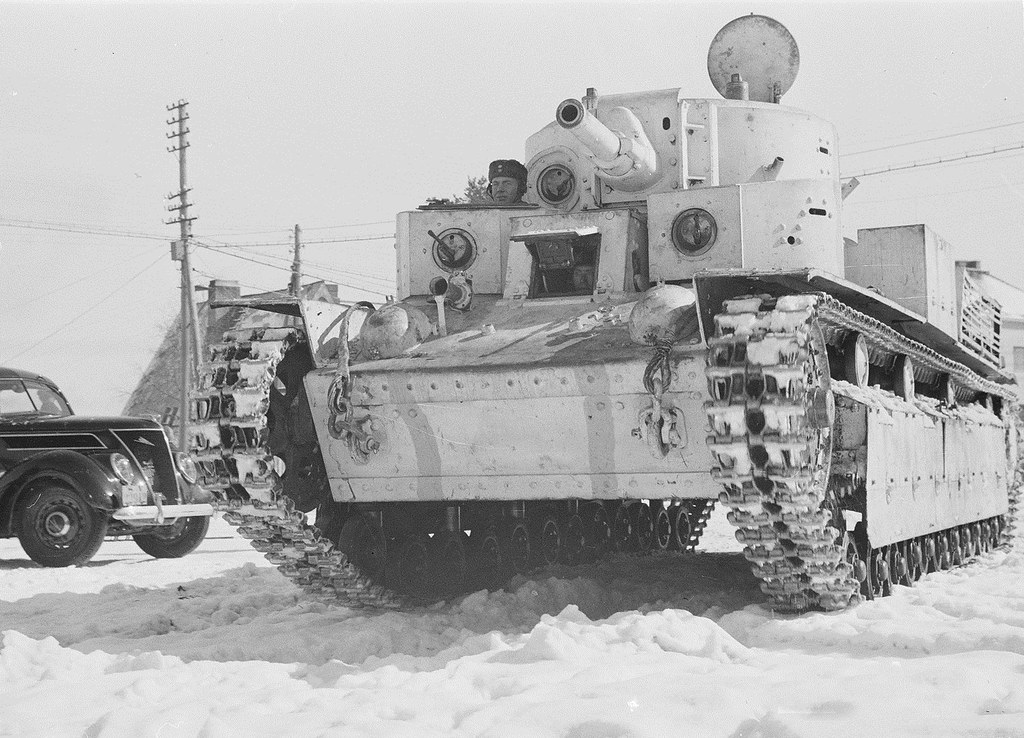
The American T-28 Super Heavy Tank was designed to break through heavily fortified enemy lines. However, weighing nearly 100 tons, the tank was extremely slow and lacked maneuverability. Its size made it difficult to transport, and its speed left it vulnerable to more agile enemy forces. Though it could withstand significant damage, its battlefield performance was hampered by its own bulk.
Renault R35
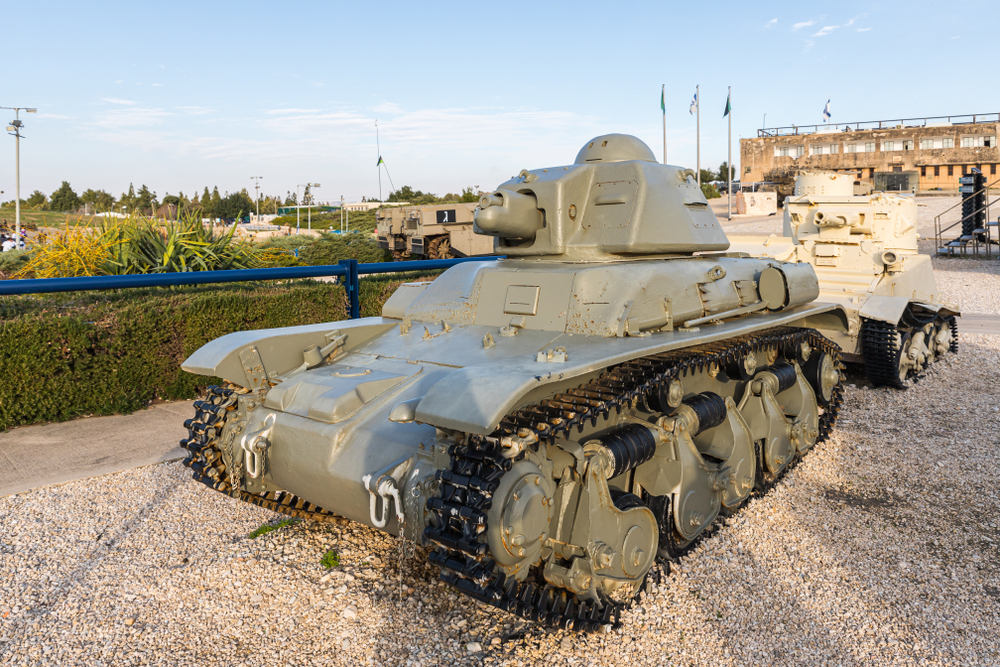
France’s Renault R35 was developed as an infantry support tank, but it fell short of expectations. Its limited speed and range made it unsuitable for the fast-moving battles of World War II, and its two-man crew struggled to operate the tank efficiently. The R35’s main gun was also inadequate against better-armored enemy tanks. Although heavily armored for its size, its overall performance failed to meet the demands of modern warfare.
Churchill AVRE
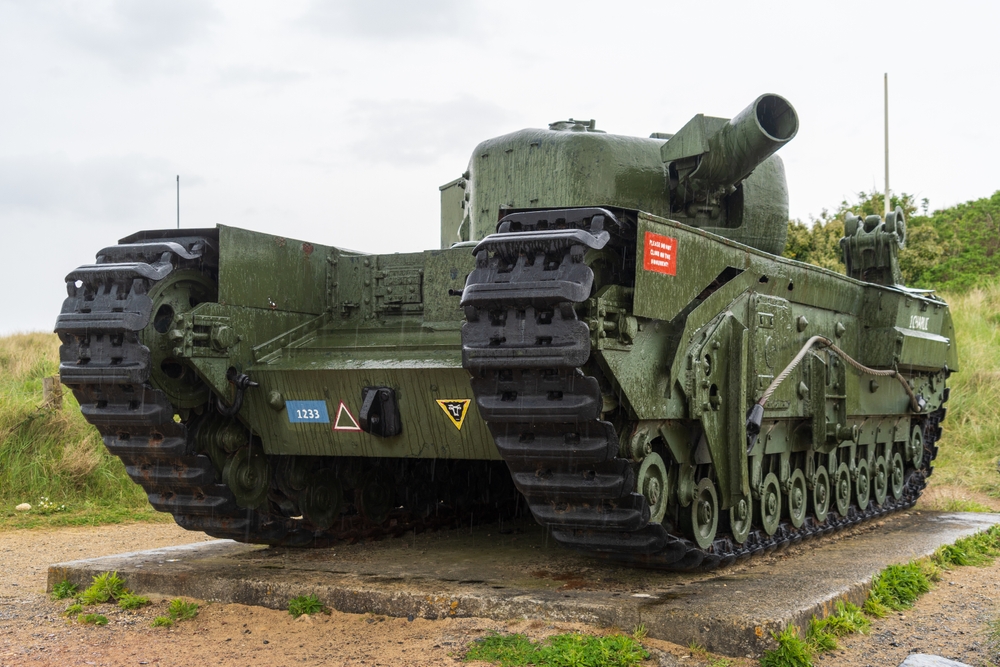
The British Churchill AVRE was created to aid infantry by demolishing fortifications, equipped with a massive spigot mortar. However, its weapon’s short range meant it had to get dangerously close to enemy positions to be effective. Its slow speed and mechanical issues further compounded its challenges on the battlefield. While it found limited success in specific missions, the AVRE never fulfilled its intended potential as a dominant engineering tank.
A7V
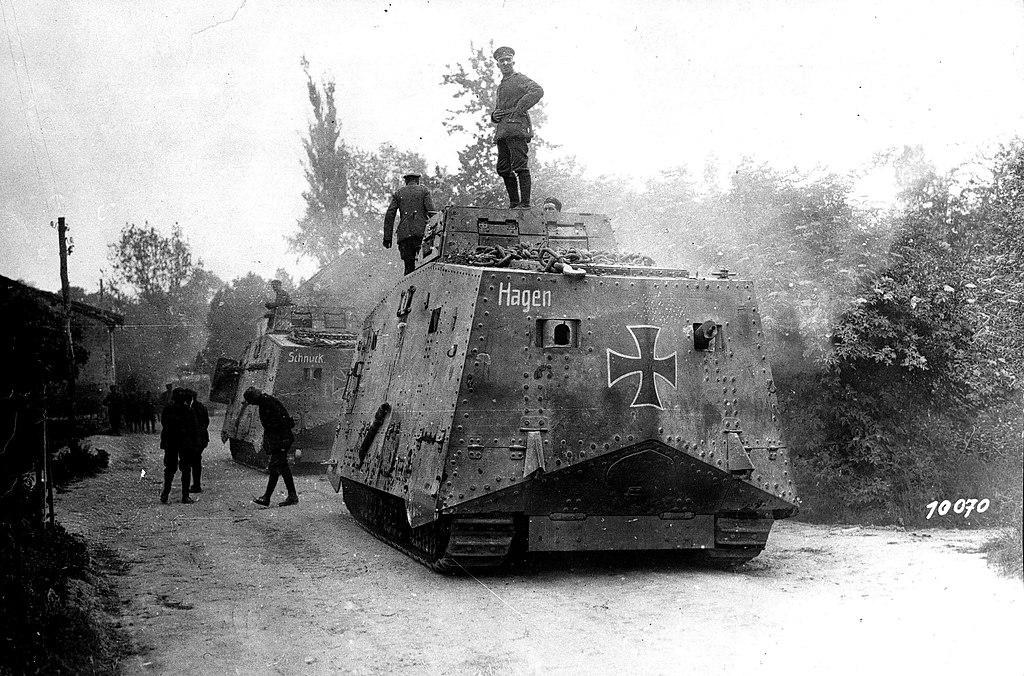
The German A7V, used during World War I, was one of the earliest tanks to see combat. Unfortunately, it was plagued by poor mobility, with its cumbersome design making it difficult to maneuver in the rough terrain of the battlefield. The tank was also poorly armored compared to its British counterparts, and its limited numbers meant it had little impact on the war. Despite its groundbreaking role, the A7V’s performance was far from impressive.
M3 Lee

The U.S. M3 Lee was designed as a stopgap measure before the development of more advanced tanks, but it came with significant design flaws. Its high profile made it an easy target, and its sponson-mounted main gun severely restricted its field of fire. The crew layout was also inefficient, requiring multiple operators for the tank’s weapons. Although it served its purpose in the early years of World War II, the M3 Lee was quickly phased out in favor of the more effective M4 Sherman.
TOG II
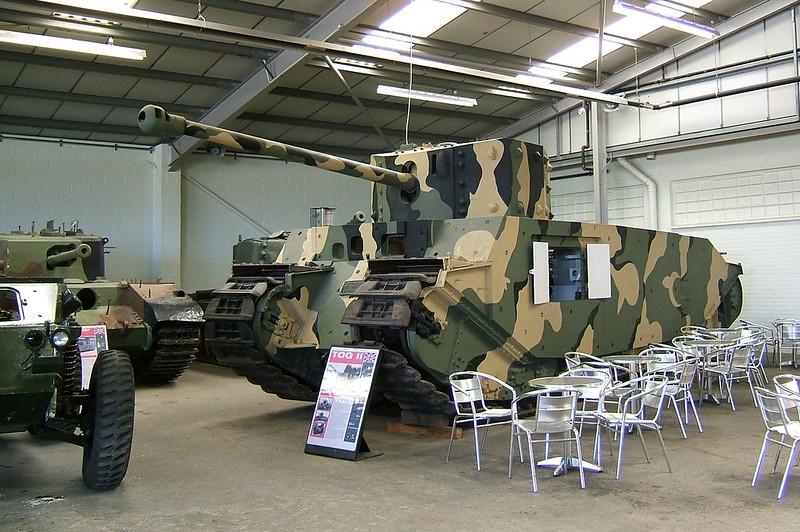
Designed for the trench warfare of World War I, the British TOG II was completed too late to be of any use. By the time it was ready, tank warfare had evolved beyond the static battlefields for which the TOG II was built. Its massive size and sluggish speed made it impractical for modern combat. Despite its impressive firepower and armor, it never progressed beyond the prototype stage and remains a relic of a bygone era.
M41 Walker Bulldog
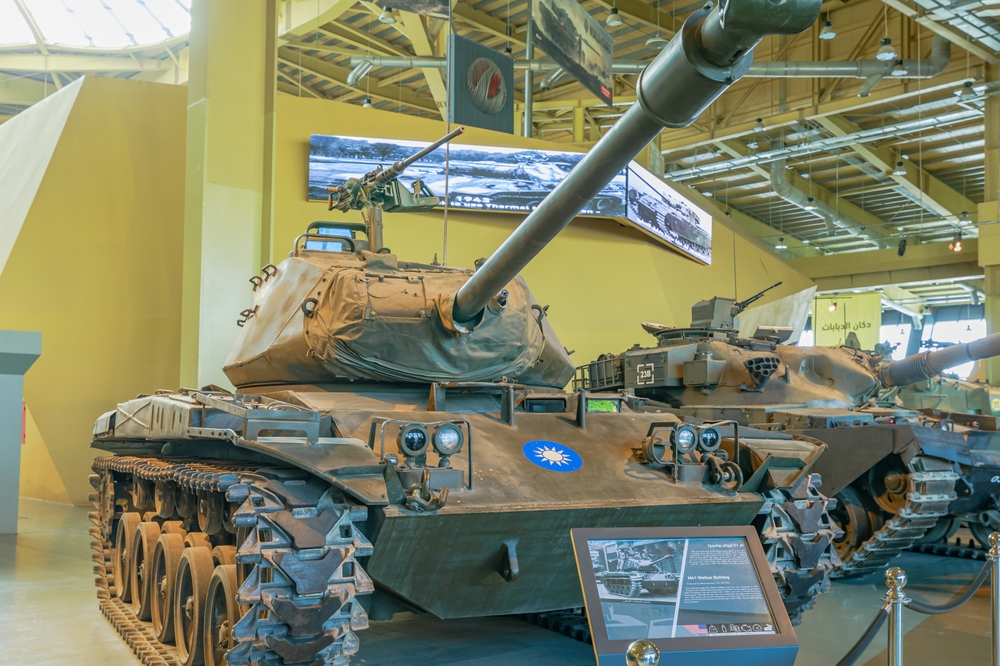
The M41 Walker Bulldog was a light tank designed for reconnaissance, but it failed to live up to expectations in combat. While fast and agile, its light armor left it vulnerable to even small arms fire, and its main gun lacked the punch to engage heavily armored opponents. In practice, it often found itself outmatched by more versatile medium tanks. The M41 was eventually replaced by more capable vehicles.
This article originally appeared on MyCarMakesNoise.
More from MyCarMakesNoise
18 Trailblazing Hydrogen Fuel Cell Cars on the Road Today

As the world moves towards sustainable energy solutions, hydrogen fuel cell cars are at the forefront of this green revolution. These innovative vehicles offer a glimpse into the future of transportation, combining cutting-edge technology with eco-friendly fuel. Read More.
15 Prestige Cars Popular Among Wealthy Americans and Their Prices
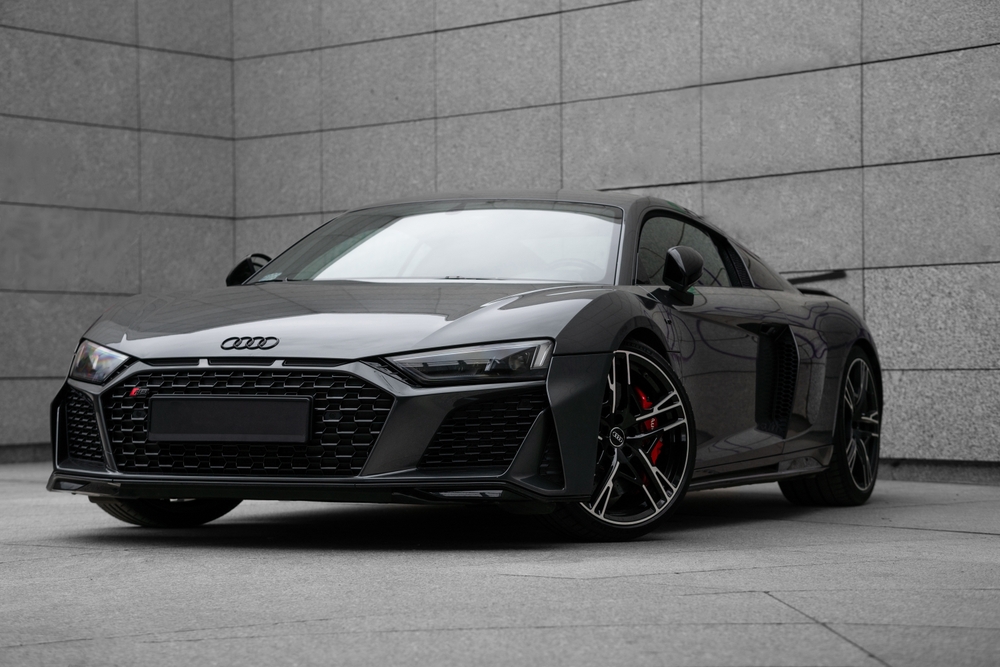
Wealthy Americans often pick cars that are not only luxurious and fast but also equipped with the latest technology. In this look at some of their top choices, we’ll find out why these cars are favorites and how much they cost. Read More.
15 Must-Have Accessories to Boost Your Car’s Performance
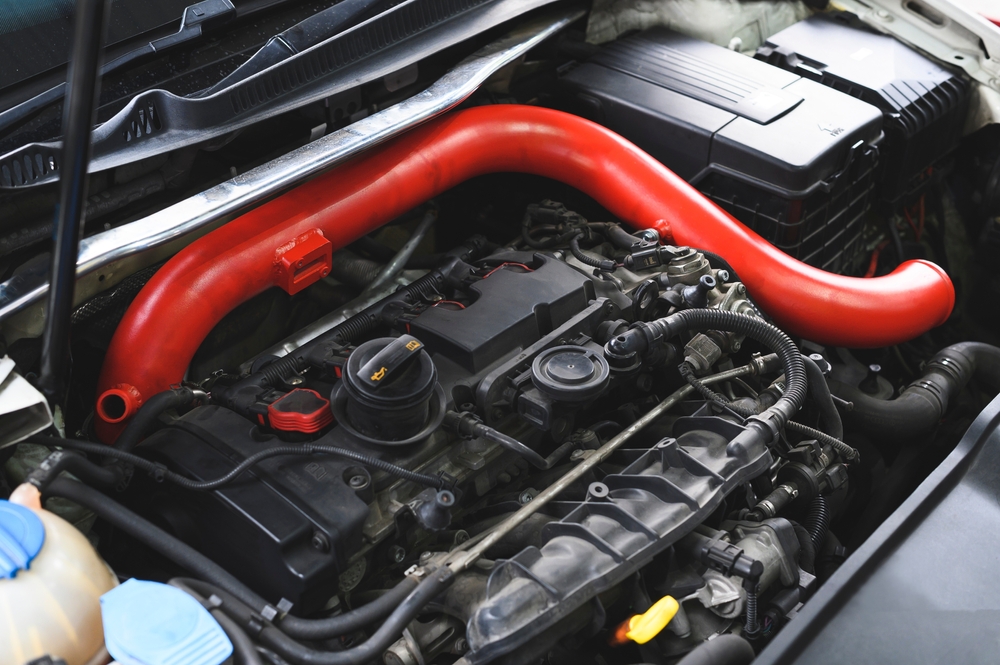
Enhancing your car’s performance doesn’t always require a complete overhaul or expensive modifications. Sometimes, the right accessories can make a significant difference. Read More.

